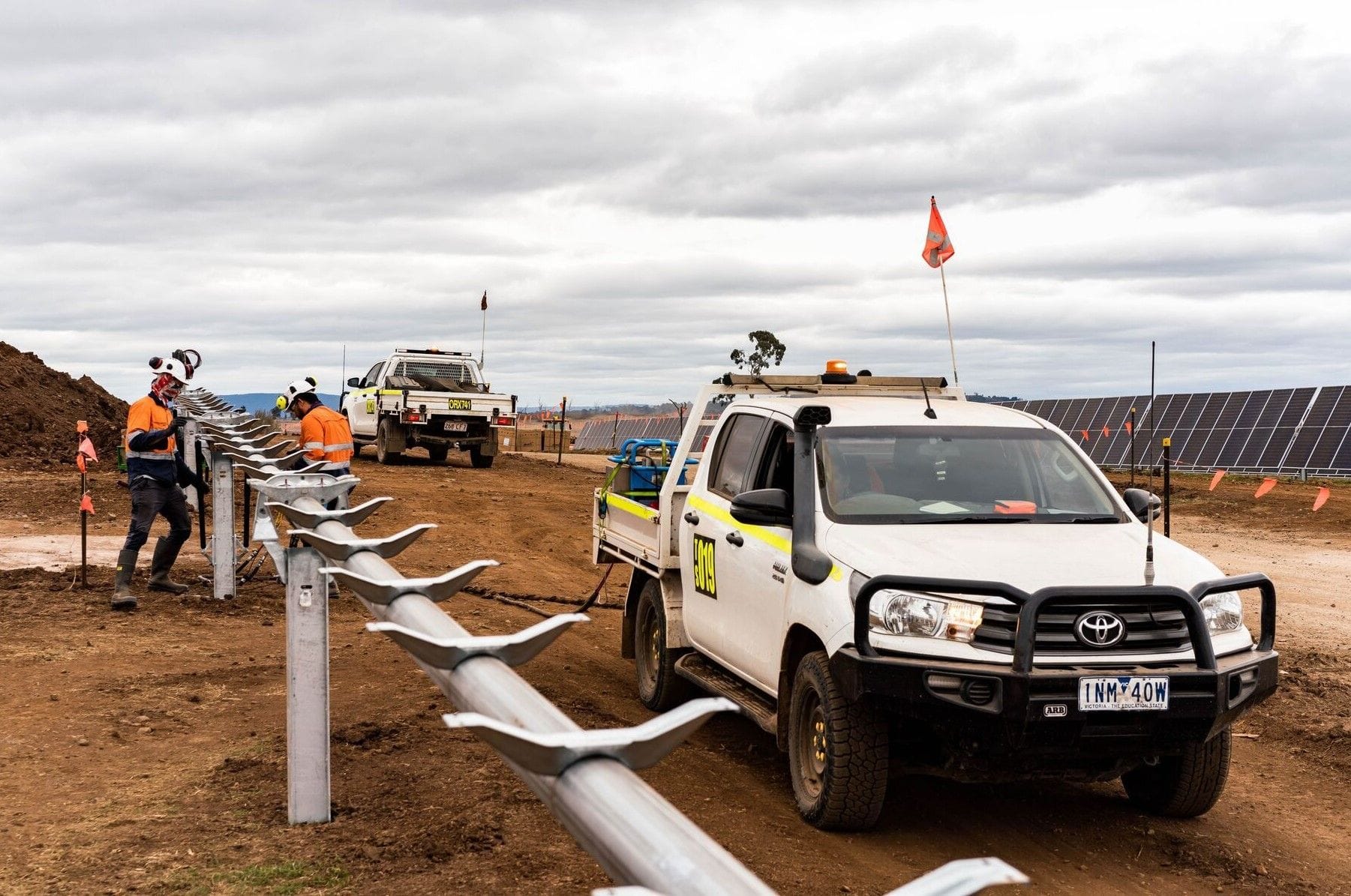
Achieving net zero will be a significant demand-side shock to the labour market. The problem is two-pronged: a question of simply ensuring aggregate labour supply is sufficient to meet demand; and questions around the changing occupational mix and skill content of that labour.
The net zero transition is unlikely to require completely different skillsets. For example, while we will likely need more plumbers able to handle hydrogen, and more electricians who can work with inverter-based resources, these skills are already in our toolbox. Broadly speaking, our training system is capable of supplying these skills; it is more a question of capacity.
Can our training system supply enough skilled workers when and where they are needed?
A key challenge is the 'timing mismatch' between the creation of new workers and when that labour will actually be needed. While we can be reasonably confident the net zero transition will require significantly more labour at some point in the future, the reality is that demand has not yet arrived. We cannot create skilled labour for jobs that do not yet exist - workers are not inventory that can sit on the shelf for future use!
This timing mismatch is compounded by the time it takes to train a tradesperson. Naturally this results in a delayed response to increases in demand. Normally, these lags are smoothed by labour market adjustments, such as using existing labour more intensively. However, this is unlikely to be enough to meet the expected rapid increase in demand for skilled labour.
So, how then do we solve the labour supply challenge? The answer is to create a more responsive and flexible skilling system. One that can rapidly scale the supply of skilled labour on-demand. We need to increase the capacity of the system so that labour can be supplied quickly when demand arrives.
There are two main ways to deliver a more responsive skills delivery system:
- A more diversified labour market—the construction industry currently sources talent from very few wells. The more pipelines we can plumb into the broader labour force—women, older workers, migrants, lane-changers—the easier firms will find it to increase capacity.
- A more flexible training system—the national training system is relatively rigid and insensitive to industry restructuring. Stronger emphasis is needed on designing and implementing policy, program and regulatory changes that will deliver skilled workers faster.
A range of initiatives are underway to promote these objectives. The Qualifications Reform agenda is seeking to streamline and flexibilise the national training system. The national Migration Strategy is seeking to make it easier for firms to use skilled migrants to complement their existing workforce. The Apprentice Incentive Review is examining opportunities to increase apprentice numbers.
It is important to keep in mind that much of the skilled labour needed for clean energy projects will be equally deployable to other industries. The goal must be to create a shared pool of labour that can be drawn upon by multiple industries. Supporting mobility across sectors will be critical. The National Skills Passport is an important initiative that will lay the foundations for mobility into the clean energy sector.



